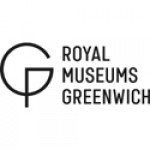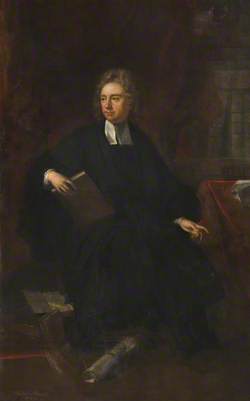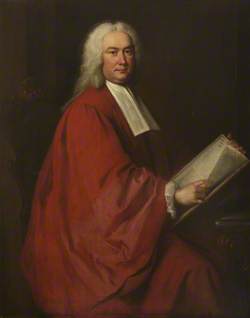How you can use this image
This image can be used for non-commercial research or private study purposes, and other UK exceptions to copyright permitted to users based in the United Kingdom under the Copyright, Designs and Patents Act 1988, as amended and revised. Any other type of use will need to be cleared with the rights holder(s).
Review the copyright credit lines that are located underneath the image, as these indicate who manages the copyright (©) within the artwork, and the photographic rights within the image.
The collection that owns the artwork may have more information on their own website about permitted uses and image licensing options.
Review our guidance pages which explain how you can reuse images, how to credit an image and how to find images in the public domain or with a Creative Commons licence available.
Notes
Add or edit a note on this artwork that only you can see. You can find notes again by going to the ‘Notes’ section of your account.
A three-quarter-length portrait to the right, in flag officer's full-dress uniform of 1748–1767. He wears a white waistcoat richly embroidered in gold and a white dress wig. He holds his sword with his left hand and has his hat under his left arm. Naval officers' uniform was only introduced in 1748 and this portrait is a good example showing the first flag officer's full dress pattern. In the right background is Byng's flagship. The Honourable John Byng, the fourth son of Admiral Viscount Torrington, had an unremarkable career until he was sent to relieve the British-held island of Minorca in 1756 when it was under siege by the French. Having risen to flag rank through his illustrious connections but without fighting experience commensurate to the task, his action with the blockading French fleet was inconclusive and the island was lost.
The painter, Hudson, was both pupil and son-in-law of another notable portraitist, the elder Jonathan Richardson, and was in turn the early master in London of Joshua Reynolds. Regarded as a safe man for a dignified and flattering likeness, he was the leading society portraitist of his time. Although he painted his sitters' faces, his use of assistants to paint much of the rest of his portraits was well known and far from unusual.
Title
Admiral John Byng (1704–57), Admiral of the Blue
Date
1749
Medium
oil on canvas
Measurements
H 127 x W 101.6 cm
Accession number
BHC2590
Work type
Painting








